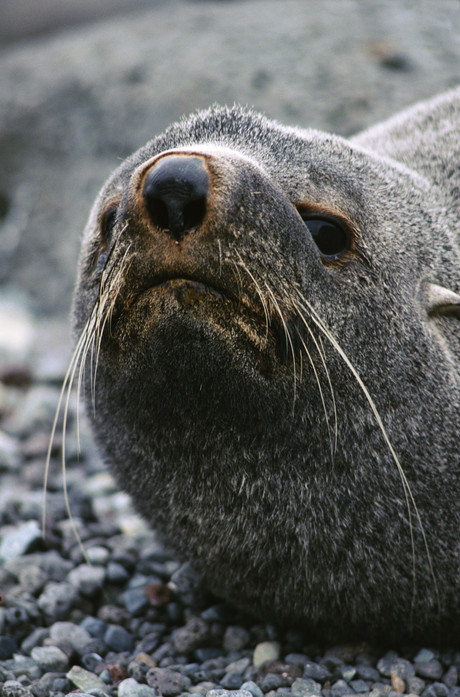Telemetry tags to track seal populations

Scientists at the University of St Andrews Sea Mammal Research Unit (SMRU) are developing smart telemetry tags using NarrowBand-IoT (NB-IoT) technology to track and monitor the movement of harbour seals and research their population decline.
The project began when the researchers were approached by the Scottish Government to investigate why seals on the east coast of Scotland and the Northern Isles were in serious decline, with a 70% reduction over the last 10 years. Possible reasons for the decline could be food limitation, disease, aggression from grey seals, predation by killer whales and poisoning from harmful algal blooms. A crucial element will be in discovering where the threatened seals feed at sea.
The researchers turned to NB-IoT — a low-power wide-area (LPWA) technology that has been standardised by the GSMA’s Mobile IoT Initiative. LPWA networks are a designed for machine-to-machine (M2M) applications that have low data rates, require long battery lives and operate unattended for long periods of time, often in remote locations.
The scientists plan to attach their new sensors to the seals in order to log detailed data on the animals’ behaviour, such as location and dive depth, as well as temperature, salinity and, eventually, underwater sound. The low-power devices will improve the researchers’ wildlife tracking abilities by enabling more efficient tracking tags that are smaller and less intrusive.
“The GSMA is supporting the UN’s Sustainable Development Goals by exploring how mobile technology can be utilised to capture vital information to support wildlife conservation projects around the world, as well as protect the oceans, seas and the species living in them,” said Alex Sinclair, chief technology officer, GSMA. “The intersection between mobile IoT technologies and global conservation projects such as this is exciting, timely and powerful and will play a fundamental role in helping to achieve healthy and productive oceans.”
SMRU expects to trial the NB-IoT enabled marine tags later this year.
Li-Fi GigaDock transceivers enhance satellite sustainability
The Fraunhofer Institute for Photonic Microsystems has developed a transceiver that guarantees...
Using nuclear radiation to transmit digital data wirelessly
Radio waves and mobile phone signals rely on electromagnetic radiation for communication; now...
Wireless charging of multiple devices simultaneously
Electronic devices equipped with a new receiver can simultaneously receive energy to charge...





